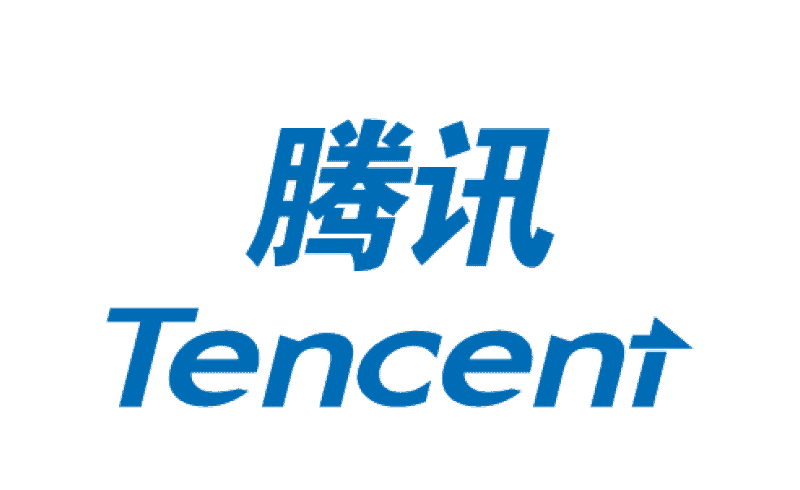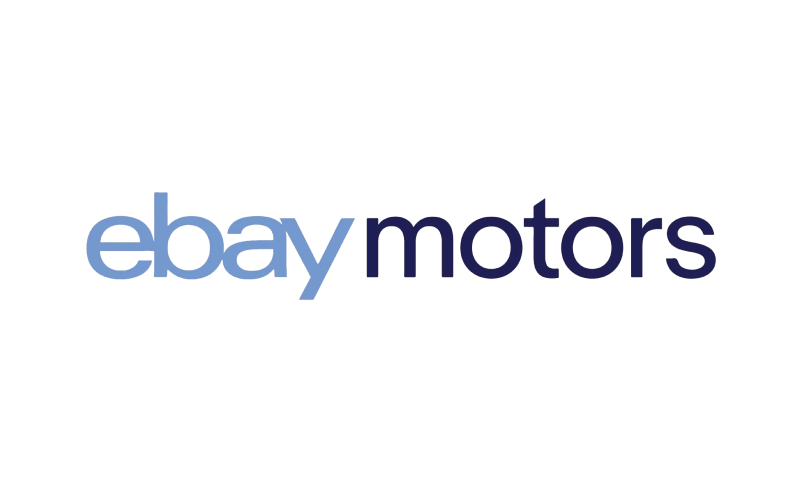As one of the most popular mobile-focused UI development toolkits, Flutter set out to change how applications are developed. It contains cross-platform capability with a variety of tools, libraries, built-in features, and more for developing beautiful applications on many platforms using a single codebase. A powerful tool to assist developers in creating high-quality mobile, desktop, and web applications easily and fast with minimum effort.
What is Flutter?
Flutter is a Google open-source project for creating cross-platform mobile, desktop, and web applications using only a single codebase. It is not just a framework but a complete Software Development Kit (SDK) with a collection of tools, libraries, APIs, and more for software development.
A unique aspect of Flutter is that, unlike other frameworks and languages that use separate components, Flutter uses widgets for application development. Widgets serve as the essential building blocks of design within Flutter. Furthermore, Flutter contains a rendering engine, ready-made widgets, testing and integration APIs, and more.
Initially, Flutter was planned to be for mobile platform development only, with an emphasis on the cross-platform capability from a single codebase. It was later expanded with a new goal of achieving multiple platform compatibility through the built-in Skia engine.
An important point to note is that Flutter is not a programming language; it uses Dart, which is a modern, UI-focused language that compiles to the native code of the mobile platform. Its object-oriented type system and support for reactive and asynchronous programming offer great performance compared to other languages such as JavaScript.
Since its inception, Flutter has undergone several major changes. The most recent major change is Flutter 3, which has improved various issues and bugs, expanded the support options, and added new features.
Flutter architecture
Under the hood, Flutter includes layers of independent libraries that depend on one another. Generally speaking, Flutter consists of three main layers, which include:
Embedder
The embedder is the underlying foundation of Flutter. It uses platform-specific language that enables the application to run on any Operating System. It is written in a language appropriate for the platform such as Java and C++ for Android, Windows and Linux, and Objective-C and C++ for iOS and macOS.
Engine
Flutter engine, written in C/C++, provides a low-level implementation of Flutter’s core APIs such as graphic, text layout, file, network I/O, accessibility support, plugin architecture, Dart runtime, and compile toolchain.
Framework
The uppermost layer of Flutter provides a variety of libraries for implementation and can be divided into several layers such as basic foundational classes, rendering layer, widget layer, and Material/Cupertino libraries. Plugins such as geolocation, camera access, and in-app payment can be found in this layer.
Major versions of Flutter
Flutter has had various iterative changes to its framework and SDKs since its creation. Its version iterations are usually marked by numbers, however, major versions introducing big changes are normally called Flutter followed by numbers.
Flutter 1
Flutter 2
Flutter 3
Why Flutter can be a good choice?
For organizations and businesses, Flutter enables easy integration and unification of application developers into a single cross-platform team. It allows them to build branded applications for mobile, web, and desktop from a single codebase. It helps speed up feature development, prototyping and synchronizes release schedules across the entire customer base.
For developers interested in learning Flutter, it has a gentle learning curve for both new and experienced developers. Flutter also allows developers to use existing languages such as Java, Objective-C, and Swift to gain access to native features specific to each platform.
Advantages
Flutter brings along a multitude of advantages for developers of enterprises when designing and developing cross-platform applications. From seamless UI development to robust performance, Flutter’s capability allows enterprises to enhance the overall app development process.
Disadvantages
Although Flutter brings a lot of good things to the table for developers designing and creating cross-platform applications, there are a few issues to be aware of when using Flutter:
Who uses Flutter?
Organizations and teams of all sizes have used Flutter to develop their application for various platforms since its inception. Millions of developers were able to quickly and efficiently build and deploy their applications in a matter of weeks without worrying about bugs or errors within their applications.

In October 2019, BMW’s engineering team adopted Flutter for their mobile development team. Before this, the mobile development team was separated into two, which were for iOS and Android respectively. However, after seeing Flutter’s cross-platform capability, they began to overhaul and rewrite for multiple platforms, countries, and brands, all on one codebase.

When Tencent was looking for a front-end solution for their mobile applications and web platform, their main criteria for consideration were development efficiency, increased application parity, and excellent developer experience. Flutter fits all of the criteria as Tencent’s unified front-end solution for their mobile, web, and other platform development.

As one of the top car manufacturers globally, Toyota has strived to incorporate technologies and features into its current and future line of automobiles. One of the technologies they have incorporated in their infotainment system is Flutter. Flutter’s high-performing rendering engine and numerous features have made the Toyota team confident that they will be able to design and build something that feels premium in their line of automobiles.

eBay Motors, eBay’s very own version of the online automobile market application offers customers and businesses a unique market experience for selling and buying automotive vehicles. In 2018, the eBay Motors team was tasked with developing a new application for Android and iOS platforms that offer a full feature set and a similar look and feel to their main eBay application currently on the app store.

